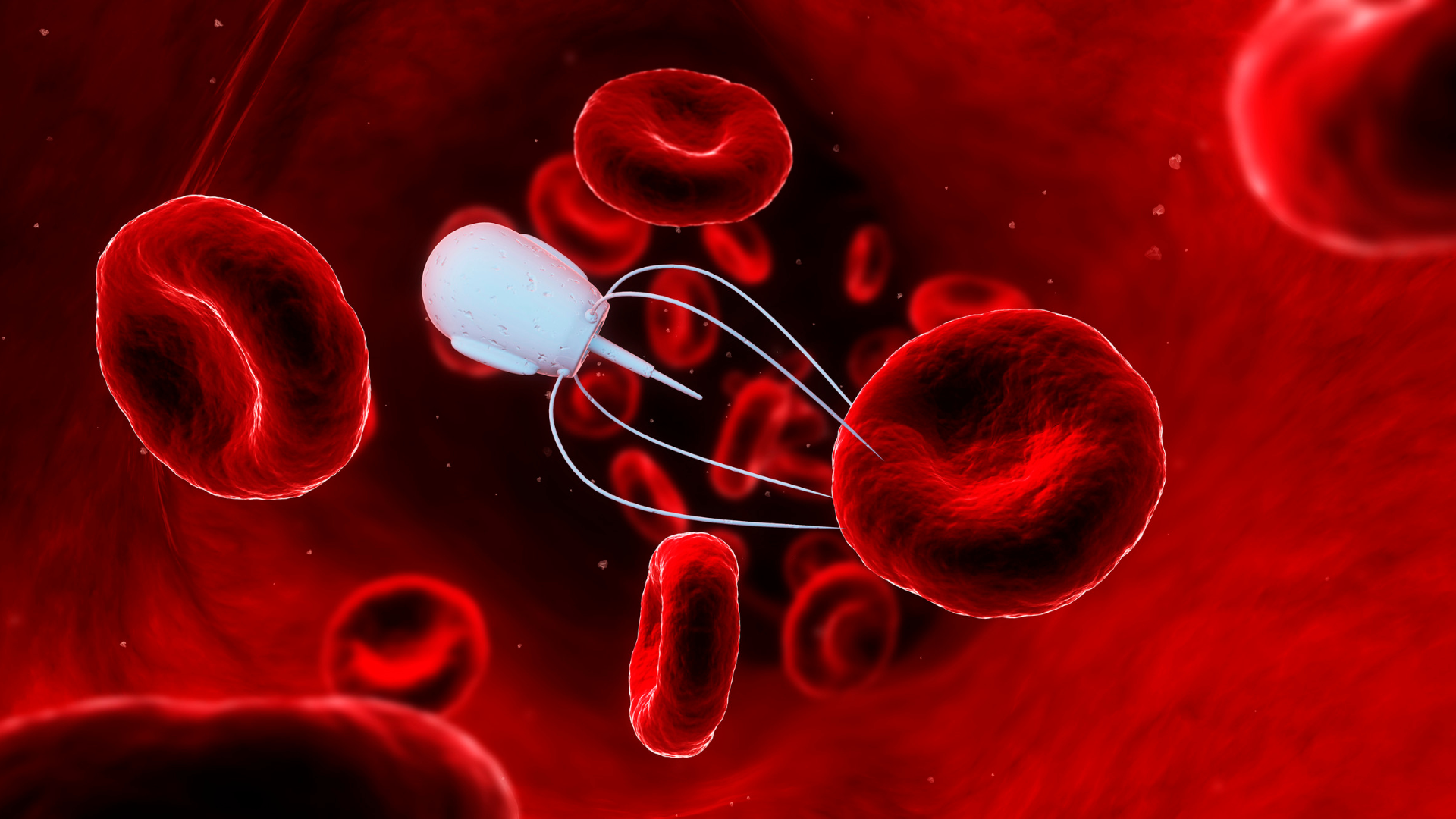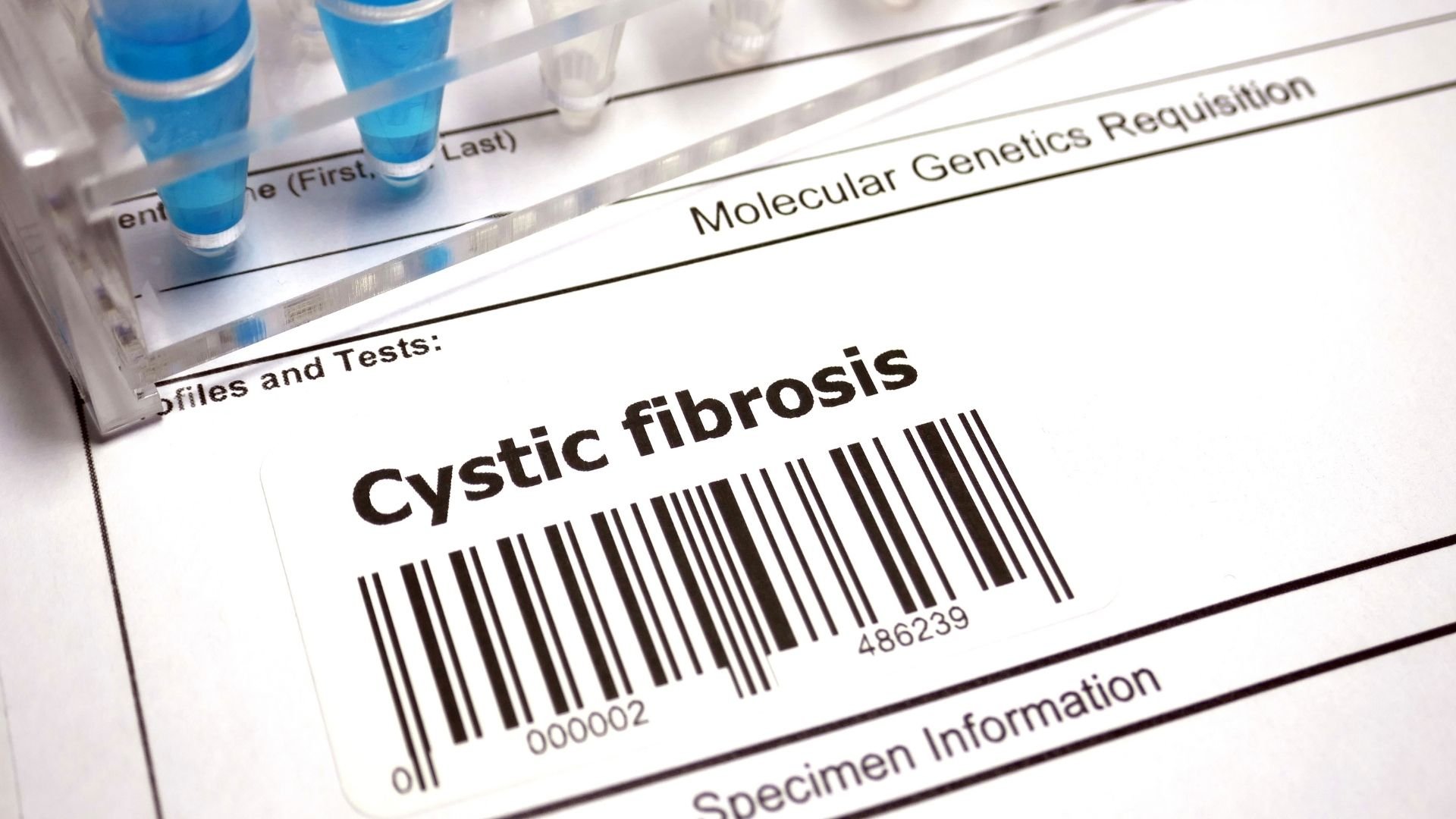RNA beyond the liver: challenges in non-liver rna therapeutic delivery

What are the challenges in non-liver RNA therapeutic delivery?
RNA therapeutics have emerged as a promising class of medicines, capable of treating a wide range of diseases by manipulating gene expression at the RNA level. Unlike traditional drugs that act on proteins, RNA-based drugs offer the potential for more precise, targeted interventions. However, the journey of these innovative treatments from the laboratory to clinical application faces numerous hurdles, particularly when the target lies outside the liver. Formulation & Delivery by Oxford Global dives into the challenges and advancements in non-liver RNA therapeutic delivery, including the effectiveness of lipid nanoparticles and AI applications in modern medicine.
Specific Challenges in Targeting Non-liver Tissues
Delivering RNA therapeutics to non-liver tissues presents distinct challenges that can significantly hinder their effectiveness and applicability. One primary concern is the biological barriers that protect organs and tissues from foreign substances. The blood-brain barrier, for example, is a formidable obstacle for targeting neurological conditions. This selective permeability restricts the passage of most therapeutic agents, making delivery to the brain exceptionally challenging.
Systemic distribution issues also play a crucial role in the 'Challenges in non-liver RNA therapeutic delivery.' Once administered, RNA therapeutics must navigate through the bloodstream and reach their target tissues in sufficient concentrations without being degraded or cleared by the body's defense mechanisms. This distribution is influenced by factors such as size, charge, and hydrophobicity of the therapeutic molecules.
Furthermore, cellular uptake and endosomal escape are critical steps for successful RNA delivery. Therapeutic RNA needs to enter cells and escape from endosomes, a process that can be inefficient in non-liver tissues due to varying cell types and physiological conditions. Overcoming these cellular barriers requires innovative delivery systems capable of ensuring the therapeutic RNA reaches its intended site of action within the cell.
How do Lipid Nanoparticles Improve RNA Delivery Beyond the Liver?
What are Lipid Nanoparticles?
Lipid nanoparticles (LNPs) have revolutionized the field of RNA therapeutics by providing a versatile platform for the safe and effective delivery of RNA molecules. Initially developed for liver-targeted delivery, LNPs are now being tailored to transport RNA drugs to a variety of non-liver tissues, addressing one of the critical 'Challenges in non-liver RNA therapeutic delivery.' These tiny carriers encapsulate RNA molecules, protecting them from degradation and facilitating their entry into target cells.
Mechanisms by Which LNPs Enhance Extrahepatic Delivery
The 'Lipid nanoparticle effectiveness in extrahepatic RNA targeting' can be attributed to several key mechanisms. Firstly, LNPs can be engineered to have surface ligands that bind specifically to receptors on target cells in non-liver tissues, improving uptake and specificity. This targeting capability is crucial for avoiding off-target effects and enhancing therapeutic efficacy.
Once LNPs are internalized by cells, they must navigate the intracellular environment to release their RNA cargo effectively. Here, LNPs demonstrate another layer of utility: they are designed to facilitate endosomal escape, ensuring that RNA molecules reach the cytoplasm where they can exert their therapeutic action. This ability to overcome endosomal barriers significantly increases the efficiency of RNA delivery outside the liver.
Additionally, the biodegradable nature of LNPs plays a vital role in their effectiveness and safety as delivery vehicles. By decomposing into non-toxic components, LNPs minimize adverse side effects, making them more acceptable for repeated administration, which is often required in chronic conditions. This biocompatibility is particularly important when targeting sensitive non-liver tissues.
What Advancements Have Been Made in RNA Interference Outside of Liver Targeting
RNA Interference (RNAi) Technologies
RNA interference (RNAi) is a natural cellular process used to regulate gene expression. In therapeutic contexts, RNAi can be harnessed to silence specific genes responsible for disease. While initial applications focused predominantly on liver diseases, there has been substantial progress in adapting RNAi for use in other tissues. These advancements address critical aspects of the 'Challenges in non-liver RNA therapeutic delivery'.
Recent Advancements in Extra-liver RNA Interference Techniques
The 'Recent advancements in extra-liver RNA interference techniques' have been driven by innovations in delivery systems and molecular targeting strategies. One of the major breakthroughs has been the development of new types of delivery vehicles beyond lipid nanoparticles, such as conjugated polymers, peptide-based carriers, and exosome-based systems. These novel carriers offer unique advantages, including the ability to cross biological barriers like the blood-brain barrier and the potential for cell-specific targeting.
Another significant advancement has been in the targeting strategies employed by RNAi therapeutics. Researchers have identified new ligands and receptor targets that allow for the selective delivery of RNAi molecules to non-liver cells. This specificity not only improves therapeutic efficacy but also reduces off-target effects, a crucial consideration in non-liver tissues.
Furthermore, advancements in gene silencing efficiencies have been achieved through the optimization of siRNA design and the development of synthetic RNAi triggers with improved stability and potency. These innovations enhance the silencing of target genes in non-liver tissues, broadening the applicability of RNAi therapies.
What Diseases Can Benefit from RNA Therapeutics Beyond Liver Diseases?
The Potential of RNA Therapeutics in Treating Diverse Diseases
RNA therapeutics, particularly those based on RNA interference (RNAi) and messenger RNA (mRNA), hold the promise of revolutionizing the treatment of a myriad of diseases. While liver diseases have been the primary target for early RNA therapies, the scope of these treatments is expanding. The exploration into 'Potential diseases treated by non-hepatic RNA therapeutics' reveals a future where RNA medicine provides novel solutions for conditions that have been challenging to address with conventional therapies.
Examples of Non-hepatic Diseases and Conditions
The range of 'Potential diseases treated by non-hepatic RNA therapeutics' is broad and diverse. One notable area is neurodegenerative diseases, such as Alzheimer's disease and Parkinson's disease. These conditions, characterized by the progressive loss of neuronal function and structure, present significant therapeutic challenges. RNA therapeutics offer a new approach by targeting specific genetic and molecular pathways involved in disease progression, potentially slowing or even reversing neurodegeneration.
Cardiovascular diseases, including atherosclerosis and heart failure, are another area where RNA therapeutics can make a significant impact. By silencing genes involved in lipid metabolism, inflammation, and fibrosis, RNA-based treatments can address underlying disease mechanisms rather than just managing symptoms. This approach offers the potential for more effective and personalized therapies.
Cancer, particularly types not associated with the liver, stands to benefit significantly from RNA therapeutics. RNAi can be used to silence oncogenes, while mRNA vaccines stimulate the immune system to target cancer cells. The specificity and adaptability of RNA therapies make them particularly promising for treating various cancers, including those resistant to traditional treatments.
How is AI Being Used to Enhance RNA Delivery to Organs Other than the Liver?
The Role of AI in Modern Medicine and RNA Therapeutics
Artificial Intelligence (AI) has become a transformative force in various fields, including medicine and pharmaceuticals. In the realm of RNA therapeutics, AI's analytical and predictive capabilities are being harnessed to overcome some of the 'Challenges in non-liver RNA therapeutic delivery.' By integrating AI tools, researchers and clinicians are enhancing the precision, efficiency, and outcomes of RNA-based treatments.
Applications of AI in Enhancing RNA Delivery
One of the primary 'Artificial intelligence applications in RNA delivery outside the liver' involves the identification and validation of new targets. AI algorithms can sift through vast genomic datasets to identify potential RNA sequences that could be effective in treating specific diseases. This process, which traditionally takes years, can be significantly accelerated with AI, allowing for quicker progression from research to clinical trials.
Furthermore, AI is instrumental in optimizing the design of lipid nanoparticles (LNPs) and other delivery vehicles. By analyzing patterns and outcomes from previous trials, AI can predict which configurations of LNPs are most likely to succeed in delivering RNA to specific non-liver tissues. This predictive modeling helps in customizing delivery systems for different diseases and patient profiles, increasing the chances of successful therapy.
Predictive modeling is another area where AI significantly contributes to the field. Beyond designing delivery vehicles, AI models can simulate how RNA therapies will distribute throughout the body, interact with cells, and achieve therapeutic effects. This ability to predict therapeutic outcomes before clinical testing helps to streamline the development process and focus resources on the most promising therapies.
Conclusion
The expansion of RNA therapeutics beyond liver-focused treatments marks a significant advancement in modern medicine. Despite the challenges in delivering RNA to non-liver tissues, innovations such as lipid nanoparticles and RNA interference techniques are paving the way for broader applications. These advancements offer new hope for treating a variety of diseases, from neurodegenerative disorders to cancer. Furthermore, the integration of artificial intelligence accelerates the development of targeted, effective RNA therapies, pushing us closer to personalized medicine. In summary, while obstacles remain, the ongoing research and technological advancements in RNA therapeutic delivery hold immense promise for transforming patient care across a wide spectrum of diseases.
Get your weekly dose of industry news and announcements here, or head over to our Formulation & Delivery Portal to catch up with the latest advances in manufacture and therapeutic delivery.






